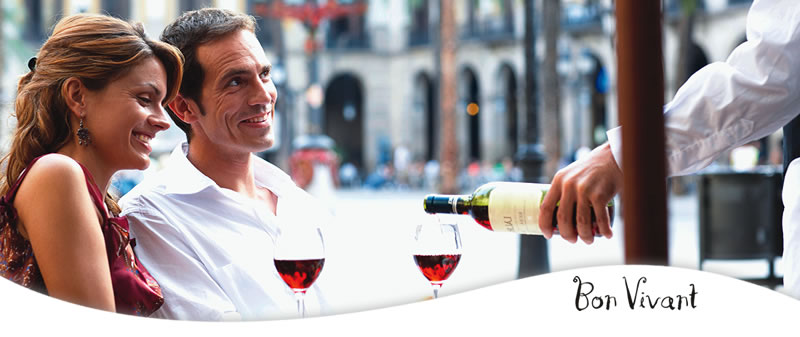
Paris. Just the name of the city itself evokes images of a fog-enveloped walk along the Seine or of lovers embracing near the Eiffel Tower. In most every traveler’s mind, “The City of Lights” is synonymous with architecture, haute couture and haute cuisine. And while you can easily spend your retirement savings on a seared-in-the-brain gustatory experience in the city that celebrates food like few others, there are a few more reachable culinary heights that mere mortals lacking the foie-gras-rich expense account can attain. Warning: some of them can even come with a side of near-religious inducing euphoria- especially if you’ve got a sweet tooth like me!
One of my personal favourites is a leisurely afternoon tea, replete with a rainbow palette of macarons at the institution of macarons, Ladurée Tea Salon. Far from the chewy, coconut clusters we call “macaroons” here in North America, French macarons are delicate meringue and almond flour “cookies” filled with a decadent ganache in the chewy centre. There’s a macaron to please most any palate ranging from pistachio, blackcurrant-violet, coffee, raspberry, rose petal, hazelnut praline, bitter chocolate and red fruits. I was smitten by the coffee and the bitter chocolate, but one bite of the salted butter caramel and I was in awe.
While macarons are heady stuff, the big shot pastry of Paris in my estimation is the Religieuse (aka, nun in French- named after a nun’s habit). For this, I’d follow my nose to any good pastry shop and source two cupola-like puff pastry domes filled with a flavoured crème patissière that can vary in flavour from orange blossom, caramel or rose to tomato- it is after all a fruit. The top dome (or head) is affixed with a good buttercream or Chantilly cream. Perfectly light pastry that’s delicately iced and studded with fresh strawberries (in my dessert’s case) in the middle- it was the most seductive of desserts.
My pet theory, as proven by this experience and my Caelum rendezvous as noted in my Barcelona post is the following: nuns make sweet, decadent, and even downright sexy temptations much like a painter who has never been caressed might produce the most erotic nude. I don’t mean any disrespect, but if you’ve ever sampled the nuns of Italy’s Medici Rose Elixir then you’ll know exactly what I’m talking about. I’m not sure if the Religieueses I’ve sampled were developed by nuns- but their namesake affiliation alone makes me raise an eyebrow and smile parce que c’est merveilleuse any way you slice it.
One of my personal favourites is a leisurely afternoon tea, replete with a rainbow palette of macarons at the institution of macarons, Ladurée Tea Salon. Far from the chewy, coconut clusters we call “macaroons” here in North America, French macarons are delicate meringue and almond flour “cookies” filled with a decadent ganache in the chewy centre. There’s a macaron to please most any palate ranging from pistachio, blackcurrant-violet, coffee, raspberry, rose petal, hazelnut praline, bitter chocolate and red fruits. I was smitten by the coffee and the bitter chocolate, but one bite of the salted butter caramel and I was in awe.
While macarons are heady stuff, the big shot pastry of Paris in my estimation is the Religieuse (aka, nun in French- named after a nun’s habit). For this, I’d follow my nose to any good pastry shop and source two cupola-like puff pastry domes filled with a flavoured crème patissière that can vary in flavour from orange blossom, caramel or rose to tomato- it is after all a fruit. The top dome (or head) is affixed with a good buttercream or Chantilly cream. Perfectly light pastry that’s delicately iced and studded with fresh strawberries (in my dessert’s case) in the middle- it was the most seductive of desserts.
My pet theory, as proven by this experience and my Caelum rendezvous as noted in my Barcelona post is the following: nuns make sweet, decadent, and even downright sexy temptations much like a painter who has never been caressed might produce the most erotic nude. I don’t mean any disrespect, but if you’ve ever sampled the nuns of Italy’s Medici Rose Elixir then you’ll know exactly what I’m talking about. I’m not sure if the Religieueses I’ve sampled were developed by nuns- but their namesake affiliation alone makes me raise an eyebrow and smile parce que c’est merveilleuse any way you slice it.















